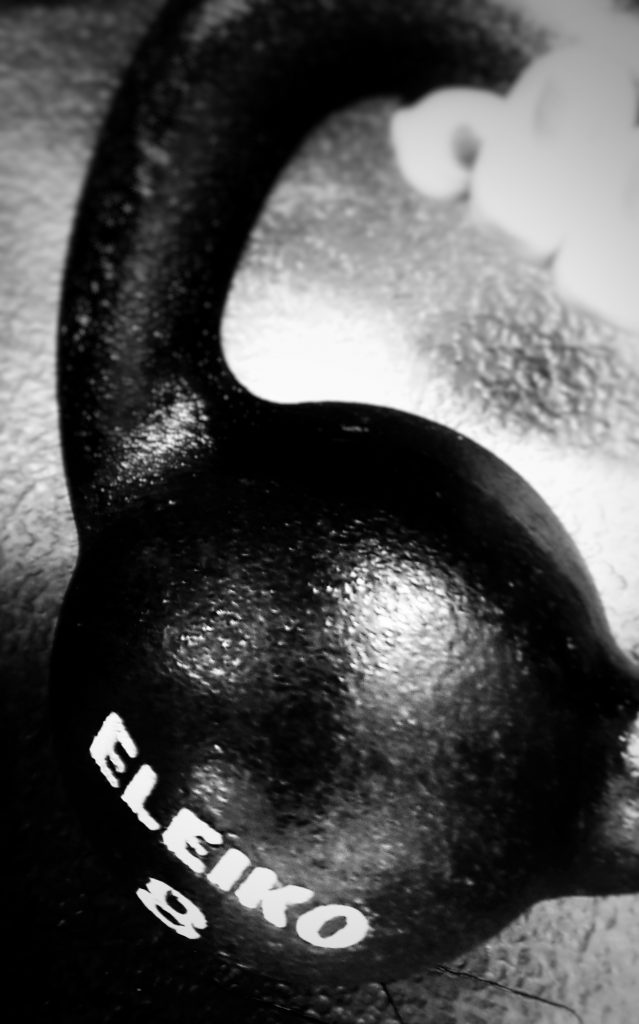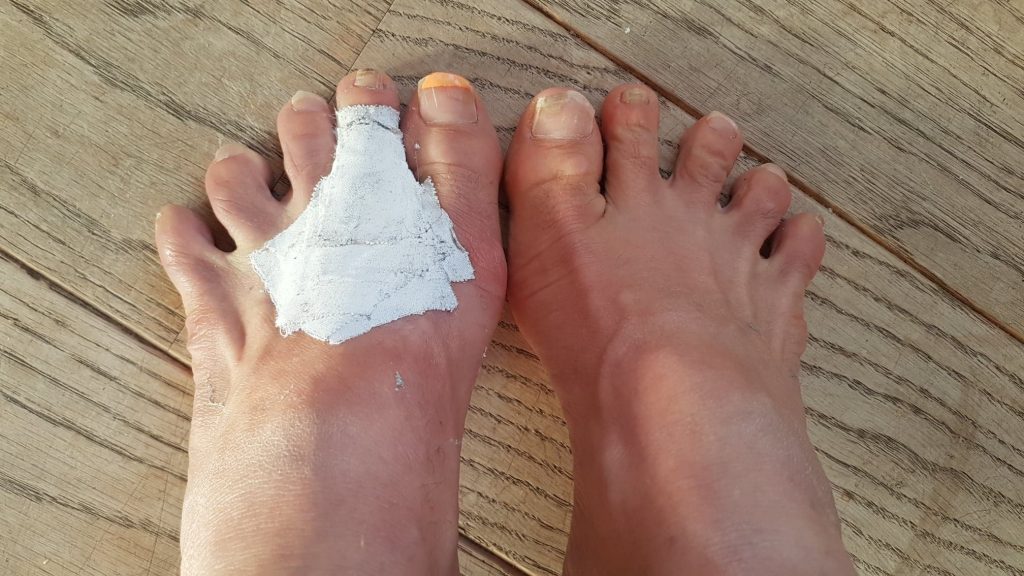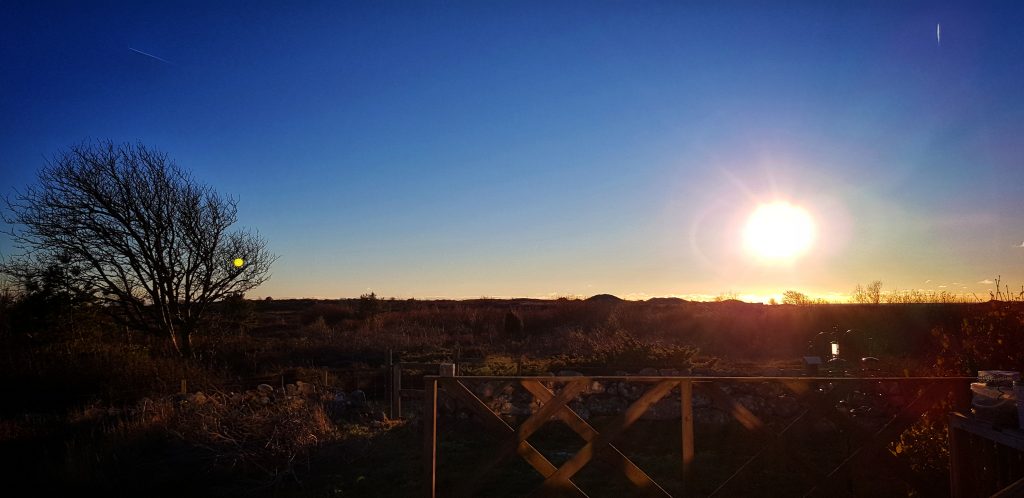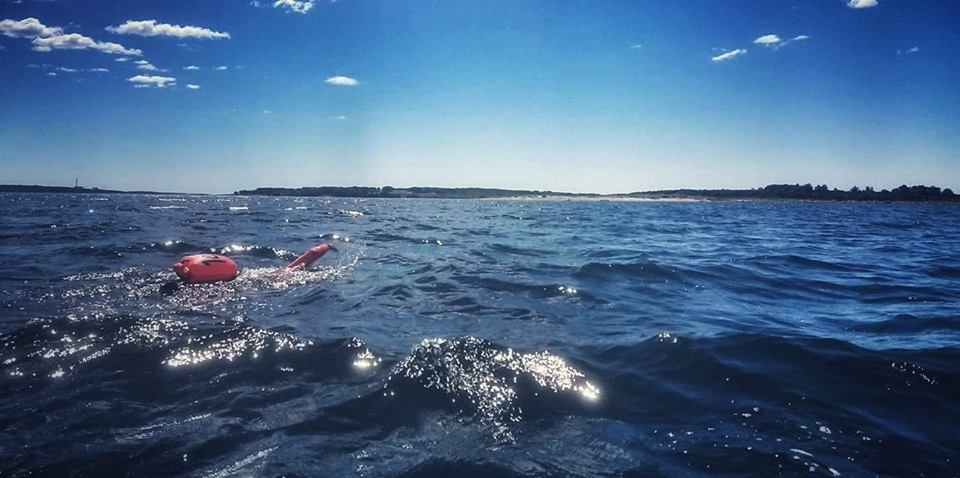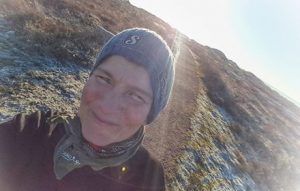 After a phone-call with my physio today I put in a special sole in my running shoes since we suspect that it’s Morton’s Neuroma. I went out in the sun and crisp winter landscape for an extremely easy test jogg and it fell out well. No pain in the left foot or toe. The right calve is a bit annoyed when I walk but that will disappear when I can start to run more and the left foot is back to normal. But first things first, baby steps, one small step at a time.
After a phone-call with my physio today I put in a special sole in my running shoes since we suspect that it’s Morton’s Neuroma. I went out in the sun and crisp winter landscape for an extremely easy test jogg and it fell out well. No pain in the left foot or toe. The right calve is a bit annoyed when I walk but that will disappear when I can start to run more and the left foot is back to normal. But first things first, baby steps, one small step at a time.
Speaking of small steps. Looking at my charts from the run I’m pleased to see that I haven’t decreased my “cadence” or SPM (steps per minutes) as I’m used to calling it in running. It has been a long journey for me and I will try to share the knowledge and experience I have from this here.
The pelvis
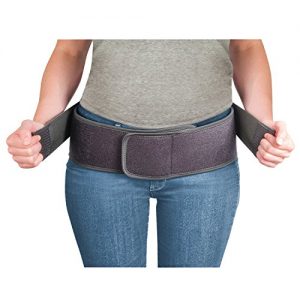
In the beginning when I started running more frequently and also got help from the world’s greatest physios I had a much lower SPM than today and I walked and ran with much “longer” and more stretched out step making the strain on my pelvis and knees very high. Actually my power-walking maybe even hurt my pelvis more than it benefited from it so for almost a year I had to wear a Sacriliac Belt, you know the kind that pregnant people use for sacroiliac joint problems. I also started learning how to walk with a proper posture and smaller steps and to run more bio-mechanically efficient to relieve the strain on my poor old hurting pelvis.
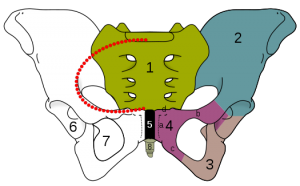
The pelvis is quite complex but simplified the two hip bones (2-4) are connected in the back by the sacrum (1) and in the front at the pubic symphysis (5). When you walk the two hip bones rotates so that when you move a leg forward the hip bone on that side rotates back a bit while the hip bone on the other side (the one with the leg back) rotates to the front. This rotation increases the bigger steps you take and decreases when you take shorter steps.
When you run your fly. Well it does not always feel that way but in a way you do. The difference between walking and running is note a certain pace but the fact that you, when you run, have one foot on the ground at a time and in between you fly a bit. In practice this means that at a certain stride length when you run compared to that stride length when you’re walking will be less strenuous on your pelvis because your legs don’t have to stretch from one foot to another, both feet on the ground, but instead you fly a bit. Thus, the pelvis rotation in such a comparison will not be as great in running as in walking.
So when running, “shortening” the stride and/or increasing the SPM will lessen the stress on the pelvis. It will also do a lot of other things. However, only shortening my step was not enough for me to be able to run free. There was a lot of work to be done with posture but that will be the subject of another blog.
Now we will pack and then off to Portugal!


